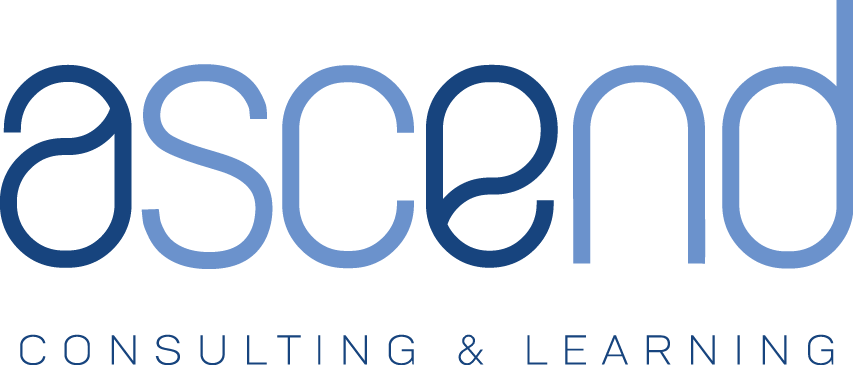This blog post is Part 2 of a series describing how the Business Model Canvas (BMC) can be used as a planning tool for Architects and Engineers (A/Es). If you missed Part 1, go back and read it first. You can find it here – BMC, Part 1.
In Part 1 of this series of blog posts, we dove deeper into the building blocks describing how value is created and how you will be paid for it. In Part 2 below, we’ll explore the building blocks describing infrastructure and the costs associated with delivering value. Finally, in Part 3, we’ll look at an example of how BMC may be utilized as a planning tool for an A/E firm.

Business Model Canvas – www.strategyzer.com
Supporting Infrastructure
In order to deliver the value of your business model to your clients, you will need to have some supporting infrastructure in place. The first two key components to this infrastructure are Key Activities and Key Resources. Key Activities are the most important things you need to do well to deliver this value to your clients. These Key Activities may be activities like problem solving, advising, and empathetic design. They may also be key production or marketing activities. Key Resources are the most important resources you need to have to deliver your proposed value. This can include both tangible resources such as your staff and intangible resources such as brand, trust, and knowledge.
Key Partners are the next building block of the BMC. Key Partners are activities that you will acquire outside of your company. These partnerships may come in several forms – sub consultants, vendors, strategic alliances, joint ventures, etc. You may want to do this for several reasons – to take advantage of a partner’s economies of scale, to reduce or reallocate risk, or to acquire a necessary resource or activity that you currently do not possess or that may be too costly to develop within your firm.
The final building block of the BMC is your Cost Structure. It can be defined once you have established what value you will provide, how you will provide it, and what infrastructure you need in place to provide it. The choices you make on the other building blocks of the BMC will define the costs required to deliver your value proposition. Keep in mind that overall business models tend to be either cost driven or value driven. Cost driven models focus a lot of effort on the supporting infrastructure side of the BMC – achieving economies of scale and scope or reducing costs. Value driven models tend to focus on the value side of the BMC – how do you create a premium value proposition? While not impossible, winning on costs and economies of scale and scope is a difficult road to take for A/E firms. Most successful A/E firms concentrate on providing a value driven business model.
Putting it All Together
Once you have captured your idea in terms of these nine building blocks of the BMC, you should have a great outline of a business model. If you are using this with an existing business as a tool to help plan growth of new services or into new markets, then you will likely have a combination of knowns and unknowns – things that currently exist in your company and things that you will need to develop. If you are starting a new venture from scratch, you may have mostly unknowns. These unknowns are really just hypotheses at this point. You want to turn these hypotheses into facts or pivot your business model and assumptions until you find facts.
So what’s the best way of validating a hypothesis? Experimenting. That gets to the heart of the Lean Startup premise. Instead of spending your time immediately diving into the development of a full-scale business plan, you should get out and start experimenting to validate your assumptions. Often this occurs in the form of working with your potential new customers. Steve Blank sums up this process quite nicely with the following quote – “There are no facts in the building… So get the hell out and talk to customers.”
The BMC is a tool to help you outline the essential hypotheses you need to verify in order to make your new idea a success. The BMC also allows you to capture changes in your business model as you may need to “pivot” as you debunk some of your initial assumptions. This was a lot of information thrown your way, so in an upcoming Part 3 of this series, I will outline an illustrative example of how this may work to hopefully further clarify this concept.
So, again… Stay tuned!

